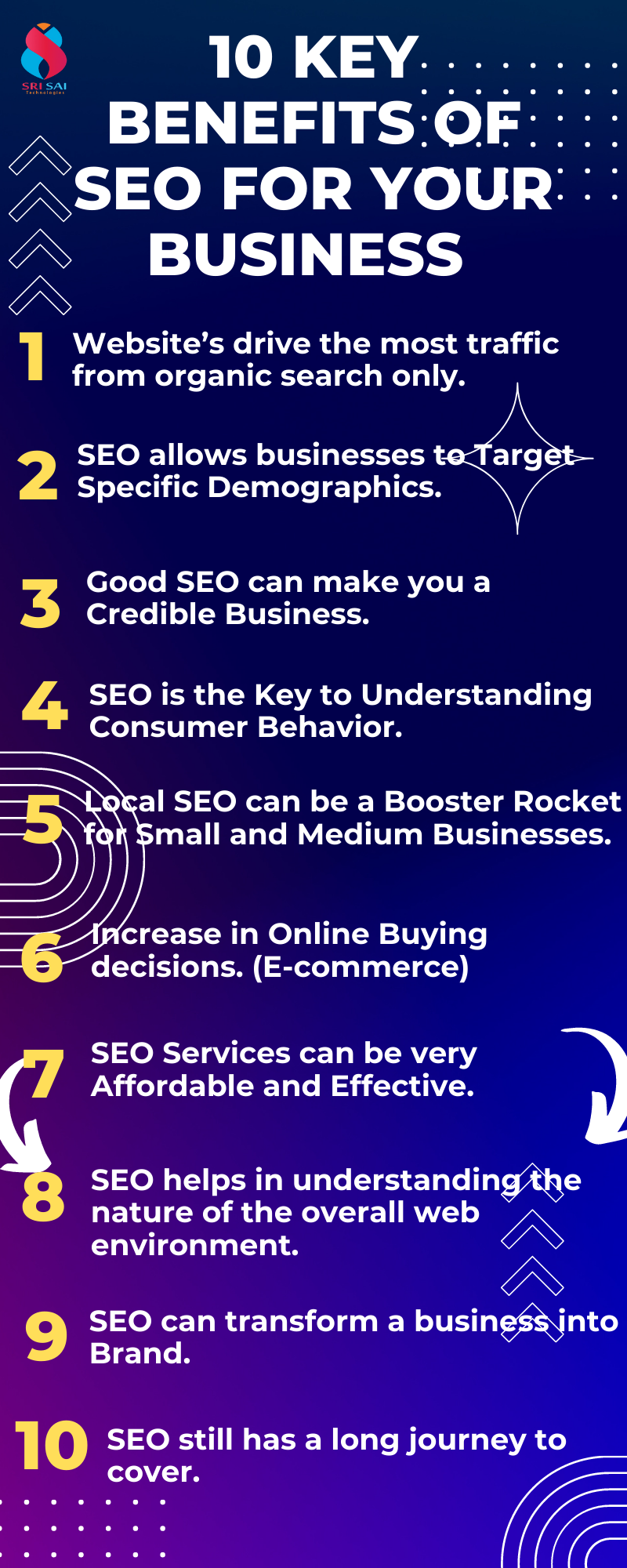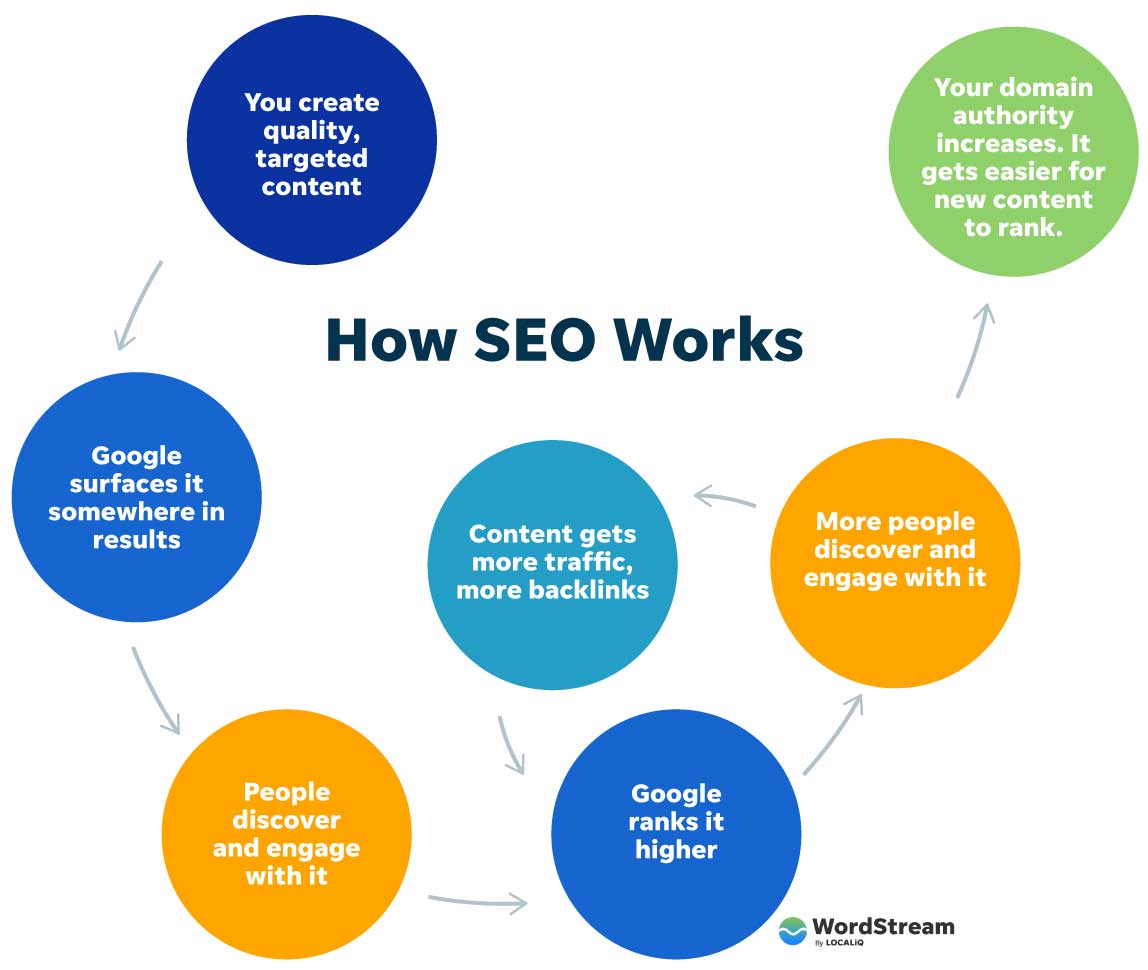Thinking Outside the Box: Leveraging Non-traditional Mediums to Enhance Google Analytics Performance
In the realm of digital marketing, the mission for improved Google Analytics performance has come to be a tactical critical for companies looking for to improve their on-line presence. Typical techniques often drop short in capturing the complete spectrum of consumer communications and actions. By exploring unusual tools as opportunities of information collection, a new world of possibilities arises. These uncharted regions supply a riches of untapped insights that could possibly reinvent the means we recognize and optimize our digital approaches.
Distinct Data Sources

CRM systems, for instance, can supply understandings into private client interactions, acquisition background, and choices, which can be integrated with Google Analytics data to create even more tailored advertising techniques. Social network platforms use useful data on user demographics, passions, and interaction metrics, permitting organizations to gauge the effectiveness of their social media sites campaigns and optimize web content for better efficiency. Email advertising and marketing data, consisting of open prices, click-through rates, and conversion metrics, can likewise be leveraged to track user interaction and behavior beyond web site interactions captured by Google Analytics. By leveraging these distinct data sources, organizations can fine-tune their techniques, improve targeting initiatives, and boost general Google Analytics performance.
Social Media Insights

Moreover, social media analytics tools make it possible for companies to track crucial efficiency signs, display project performance, and measure the impact of their on-line activities. Recognizing the demographics of followers, recognizing popular web content motifs, and evaluating interaction levels can assist organizations customize their marketing methods for far better outcomes.
Offline Advertising Integration
Incorporating offline advertising approaches with digital analytics can enhance overall project efficiency and provide a more extensive understanding of customer behavior. what is not considered a default medium in google analytics. By linking the space in between online and offline efforts, organizations can track the influence of standard advertising and marketing channels such as print ads, TV commercials, direct-mail advertising, and occasions on their online existence

Additionally, executing call radar for offline marketing tasks enables companies to capture beneficial information on customer inquiries produced via published advertisements or materials (what is not considered a default medium in google analytics). By analyzing telephone call data along with on-line metrics in Google Analytics, businesses can obtain deeper understandings right into the consumer journey and maximize marketing methods for improved performance across all networks
IoT and Wearable Technology
Utilizing IoT and wearable modern technology look at here now in digital analytics page can revolutionize data collection and customer insights for companies looking for a deeper understanding of individual behavior patterns. These innovative modern technologies use a seamless means to collect real-time information from numerous touchpoints. IoT gadgets can track individual interactions with solutions or items, giving important details on use patterns and choices. Wearable modern technology, such as smartwatches or health and fitness trackers, can supply understandings right into individual tasks, wellness metrics, and even location information.
Gamification Strategies
The application of gamification strategies in digital analytics presents a cutting-edge strategy to enhancing customer engagement and driving actionable insights for organizations. By incorporating game-like aspects such as factors, badges, leaderboards, and compensates into the analytics user interface, firms can encourage customers to communicate a lot more regularly and meaningfully with the data.
Gamification motivates individuals to check out different functions of the analytics system, discovering useful insights that might have or else gone unnoticed. Via interactive obstacles and development monitoring, users are incentivized to delve much deeper right into the information, resulting in increased time invested in the system and a greater probability of finding essential fads or patterns.
Moreover, gamification can promote a sense of competition among individuals, stimulating them to pursue higher efficiency and involvement degrees. This competitive spirit can drive enhanced individual fostering prices and an extra detailed utilization of the analytics tools offered. Eventually, by leveraging gamification approaches in electronic analytics, companies can develop an extra productive and interesting setting for customers, resulting in more educated decision-making and improved general performance.
Conclusion
Finally, leveraging unique tools such dig this as unique information resources, social media sites understandings, offline marketing assimilation, IoT and wearable technology, and gamification techniques can optimize Google Analytics efficiency. By assuming outside package and checking out these alternative resources of information, organizations can gain important understandings and improve their total advertising and marketing strategies. It is very important for firms to constantly check out brand-new ways to collect information and analyze it in order to stay in advance in the ever-evolving electronic landscape.
By incorporating information from resources such as consumer connection administration (CRM) systems, social media platforms, and email advertising projects, services can gain an extra extensive understanding of their target market actions and engagement patterns. Social media systems provide valuable data on individual demographics, passions, and interaction metrics, enabling services to assess the efficiency of their social media campaigns and maximize content for better efficiency. By leveraging these distinct data sources, businesses can refine their methods, boost targeting efforts, and improve overall Google Analytics performance.
Checking out social media understandings can provide services with useful data on user demographics, interests, and interaction metrics, allowing for educated decision-making and tactical optimization of advertising efforts. By assuming outside the box and discovering these alternate sources of data, organizations can gain useful insights and improve their total advertising techniques.